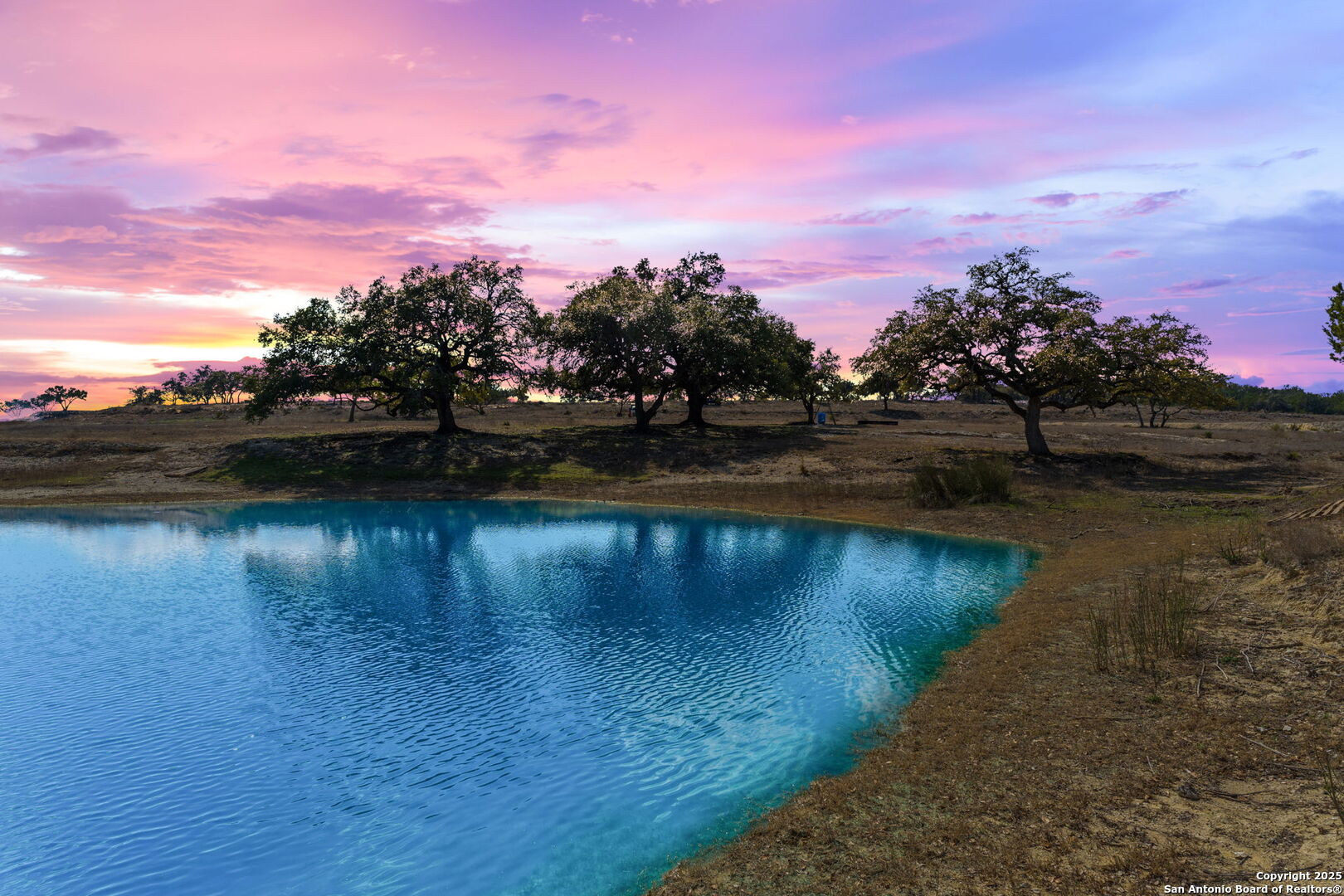Blanco County, located in the heart of the Texas Hill Country, is known for its picturesque landscapes, rich history, and vibrant community. Established in 1858, the county features rolling hills, clear rivers, and expansive ranches. It is home to the Lyndon B. Johnson National Historical Park, celebrating the life and legacy of the 36th President of the United States. The county offers a tranquil and scenic retreat from the bustle of urban life, attracting visitors and residents with its natural beauty and peaceful environment.
AREA HISTORY
Blanco County, established in 1858 and named after the Blanco River, has a rich and varied history that reflects the broader narrative of Texas. Initially inhabited byNative American tribes such as the Tonkawa, Apache, and Comanche, the area saw its first European settlers in the mid-19th century. These early pioneers were primarily German immigrants who brought their cultural heritage and farming expertise to the region. The town of Blanco, once the county seat, played a pivotal role in the county's development before the seat was moved to Johnson City in 1890.
GEOGRAPHY
Blanco County is situated in the Texas Hill Country, a region renowned for its rugged beauty and diverse landscapes. The county is characterized by rolling hills, limestone bluffs, and fertile valleys. The Blanco River and Pedernales River meander through the area, providing scenic waterways that contribute to the county's natural charm. The terrain is a mix of wooded areas, open grasslands, and rocky outcrops, supporting a variety of plant and animal life. The elevation ranges from approximately 1,000’ to 1,800’±, offering stunning vistas and unique geological features. This diverse topography not only enhances the county's aesthetic appeal but also supports a range of recreational activities, from hiking and camping to bird watching and fishing.
WILDLIFE
Blanco County features diverse habitats, from wooded areas and grasslands to riverbanks and limestone outcrops, support a variety of native species. Whitetail deer, turkey, and dove are commonly seen throughout the county. The rivers and creeks provide habitats for fish, turtles, and other aquatic creatures, making the area ideal for fishing and nature observation.
January 33°F
July 96°F
Blanco County, located in the heart of the Texas Hill Country, is known for its picturesque landscapes, rich history, and vibrant community. Established in 1858, the county features rolling hills, clear rivers, and expansive ranches. It is home to the Lyndon B. Johnson National Historical Park, celebrating the life and legacy of the 36th President of the United States. The county offers a tranquil and scenic retreat from the bustle of urban life, attracting visitors and residents with its natural beauty and peaceful environment.
AREA HISTORY
Blanco County, established in 1858 and named after the Blanco River, has a rich and varied history that reflects the broader narrative of Texas. Initially inhabited byNative American tribes such as the Tonkawa, Apache, and Comanche, the area saw its first European settlers in the mid-19th century. These early pioneers were primarily German immigrants who brought their cultural heritage and farming expertise to the region. The town of Blanco, once the county seat, played a pivotal role in the county's development before the seat was moved to Johnson City in 1890.
GEOGRAPHY
Blanco County is situated in the Texas Hill Country, a region renowned for its rugged beauty and diverse landscapes. The county is characterized by rolling hills, limestone bluffs, and fertile valleys. The Blanco River and Pedernales River meander through the area, providing scenic waterways that contribute to the county's natural charm. The terrain is a mix of wooded areas, open grasslands, and rocky outcrops, supporting a variety of plant and animal life. The elevation ranges from approximately 1,000’ to 1,800’±, offering stunning vistas and unique geological features. This diverse topography not only enhances the county's aesthetic appeal but also supports a range of recreational activities, from hiking and camping to bird watching and fishing.
WILDLIFE
Blanco County features diverse habitats, from wooded areas and grasslands to riverbanks and limestone outcrops, support a variety of native species. Whitetail deer, turkey, and dove are commonly seen throughout the county. The rivers and creeks provide habitats for fish, turtles, and other aquatic creatures, making the area ideal for fishing and nature observation.






























